The sensor technology is developing rapidly, the detection accuracy is improved, the production cost is reduced, the chip volume is reduced, and the application is very extensive. Sensor technology has even become a bottleneck in the development of China's industrial sector, and localization requirements are urgent.
Sensors and computers, communication is called the three pillars of information systems. The quality of sensor technology has become an important indicator to measure a country's scientific and technological level and whether it is at the commanding heights of international strategic competition. It is the core basic technology that developed countries attach great importance to and compete for development. . Sensors are widely used in metallurgy, petroleum, chemical, electric power, transportation, water conservancy, new energy, electronics, environmental protection, home appliances, aerospace, aviation, military weapons and equipment, such as national economy and national defense, scientific research and other fields, affecting and influencing technological innovation and national defense. Economic and social security plays an important role in the current industrial restructuring and transformation and upgrading. It is of great strategic significance for occupying the commanding heights of strategic emerging industries.
In the modern control system, the sensor is in the interface position connecting the measured object and the test system, which constitutes the main "window" of the system information input, and provides the original information necessary for the system to control, process, decide and execute, directly affecting and Determine the function of the system. The sensor can be in direct contact with the object being measured or indirectly. Many control system functions cannot be realized because the information of the control object is difficult to collect and acquire, which becomes an obstacle to the development and improvement of system technology, and also becomes the biggest obstacle to the source and collection of big data and the technology and development of the Internet of Things.
With the deepening of the concept of "Industry 4.0", the global sensor market space has once again been widened. It is predicted that from 2016 to 2021, the compound annual growth rate of sensors is expected to be 11%, and the market size will reach 190.6 billion US dollars by 2021.
The small and delicate sensor equipment has brought great impact to our lives. In the field of industrial automation, sensors as the mechanical touch are the primary link for industrial automatic detection and automatic control. Especially in automated production processes, these unobtrusive but vital devices turn data streams into meaningful decisions.
At present, the global sensor market is dominated by several leading companies in the United States, Japan, and Germany. The traditional electronics giants such as Bosch, Honeywell, Freescale, and Hitachi all regard sensors as the main growth point for future business.
When the industrial Internet of Things is coming, it is even more driving the development of data collectors - sensors. From the national level, based on the integration strategy of industrialization and informationization, the government has vigorously promoted the deep penetration of Internet of Things technology into traditional industries, making sensors the best breakthrough to enhance China's modern information technology and drive industrial development. From a technical perspective, sensors that undertake the task of data collection and transmission are moving toward intelligent, miniaturization, integration, networking, multi-function, and low-power consumption through the guidance of the Internet of Things.
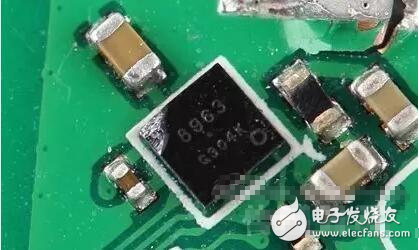
Today, China, as the world's largest electronics production base, is consuming one-quarter of the world's MEMS devices. But at present, most of China's MEMS sensors still rely on imports. Domestic MEMS sensors are still dominated by low-end and mid-range technologies, and the technology is relatively backward. This situation will continue to exist for a long time. Then, how should MEMS companies settle their minds and face up to this challenge to find out the development opportunities?
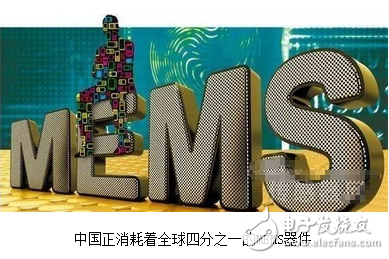
Three major challenges: technology research and development, industry chain competitiveness, price impact
Chinese MEMS manufacturers face many challenges. First, the lack of high-end R&D personnel and experienced local MEMS engineers has led to a decline in basic research. At the same time, MEMS sensor commercial application cycle is long, MEMS sensor development time is longer, which is a big challenge for MEMS companies' patience and foresight.
On the other hand, China's MEMS industry chain is still weak in competition, and there is no enterprise that has a leading position in the international market. Like MEMS sensors, MEMS sensors have a strong scale effect, and domestic enterprises are not able to ship up, resulting in weak processing capabilities in the entire industry chain, such as front-end tapes. Consistency and repeatability cannot meet the design process. Claim. Therefore, the entire MEMS industry chain is in the investment phase, and the profit is more difficult, resulting in a vicious circle.
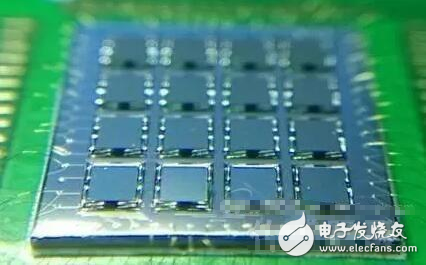
System vendors have a large demand for MEMS products
In addition, the decline in prices has made MEMS manufacturers profitable. The price of MEMS sensor products is not directly proportional to the importance of the product or the difficulty of development. For example, according to statistics, from the widely used and highly competitive gyroscope and accelerometer markets, prices are down 3% to 5% quarterly, and system manufacturers are demanding MEMS products, but they have also killed prices. To the point where MEMS manufacturers are unsustainable.
Four major trends: emerging devices, new applications, disruptive technologies, new designs
Faced with the above challenges, how do domestic MEMS manufacturers build confidence and seek opportunities?
First of all, we must admit that China is the largest electronics production and consumption country, and the terminal consumer market is huge. This advantage should give some confidence to MEMS manufacturers. And driven by the Internet of Things market, the market for MEMS sensors will increase significantly. In addition, MEMS sensor products are diverse and there is huge room for innovation.
MEMS sensor manufacturing relies on developed semiconductor micromachining technology
On the other hand, depending on the characteristics of MEMS sensors, MEMS sensors have relied on the use of semiconductor-based micromachining technology to fabricate devices to replace more complex, bulky or insensitive sensors. Accordingly, there will be four major trends in the future that will change the MEMS market landscape. They are: emerging devices, new applications, disruptive technologies, new designs.
Simply put: emerging devices such as micromirrors and environmental sensors; new applications such as pressure sensors for position or height sensing; disruptive technologies, including packaging, new materials such as piezoelectric films and 300mm/12-inch crystals Round; new designs, including NEMS nanoelectromechanical systems and optical integration technologies.
The Internet of Things is the core development strategy of China in the next decade. MEMS sensors are an indispensable part of the Internet of Things. In the next decade, MEMS products with more market prospects than current mainstream MEMS sensors will emerge. The MEMS industry can be among the best in the world.
Sensor analysis commonly used in the industrial fieldIt is divided into internal sensors and external sensors according to the object to be measured.
The internal information sensor mainly detects the position, speed, force, torque, temperature and abnormal changes inside the system.
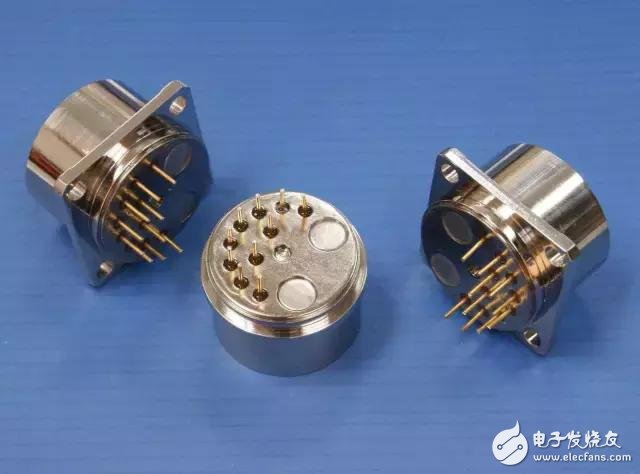
Accelerometer
The external information sensor mainly detects the external environmental state of the system, and it has corresponding contact type (tactile sensor, sliding sensor, pressure sensor) and non-contact type (visual sensor, ultrasonic ranging, laser ranging).
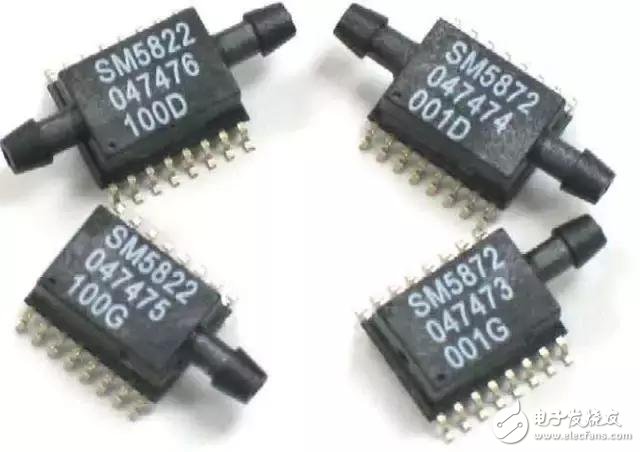
Pressure Sensor
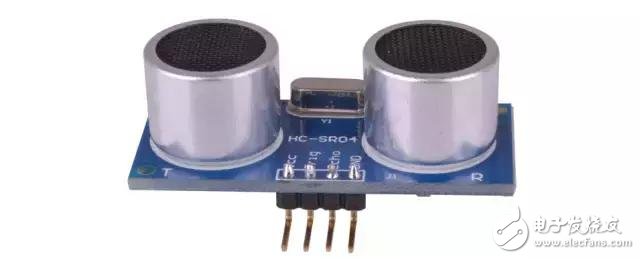
Ultrasonic sensor
Sensor energy source
Can be divided into active sensors and passive sensors.
(1) Passive sensor: no external power supply is required. Instead, the measured related energy is converted into a power output (mainly: piezoelectric, magnetoelectric induction, thermoelectric, photoelectric), also known as energy conversion;
E.g:
Photoelectric sensors can convert light rays into electrical signals, the principle of which is similar to solar cells;
The piezoelectric sensor is capable of converting pressure into a voltage signal;
The pyroelectric sensor can directly convert the energy (thermal energy) of the measured temperature field into the output of the voltage signal and the like.
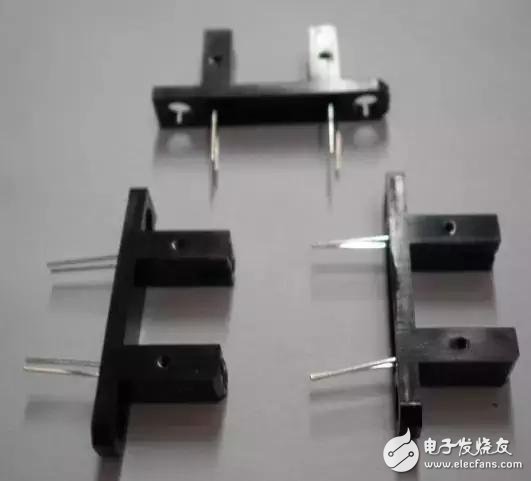
Photoelectric Sensors
(2) Active sensor: It needs external power supply to output power, also known as energy control type (mainly: resistive, capacitive, inductive, Hall).
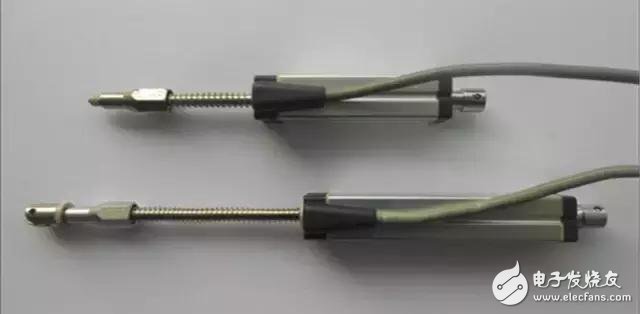
Resistive linear displacement sensor
By action form
Can be divided into active and passive sensors.
An active sensor that emits a certain detection signal to the object to be detected, can detect changes in the detected signal in the object to be measured, or form a signal by the detection signal generating an effect in the object to be measured.
(1) The detection type of the detection signal is called the action type.
(2) It is called a reaction type that detects the way in which a response is generated and forms a signal.
Radar and radio frequency range detectors are examples of action, while photoacoustic effect analysis devices and laser analyzers are examples of reaction.
Passive sensors only receive signals generated by the object under test, such as infrared radiation thermometers, infrared cameras, and so on.
The effect of transforming an externally input signal into an electrical signal
Can be divided into physical sensors, chemical sensors and biosensors

Physical sensors can be further divided into structural sensors and physical sensors.
Structured sensors are based on structures (such as shape, size, etc.) that are measured (sensitive) by certain physical laws and converted into electrical signals for measurement. E.g:
Capacitive pressure sensor
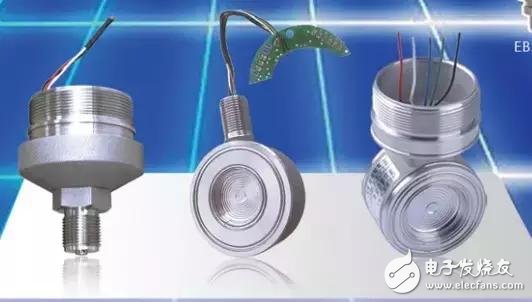
Capacitive pressure sensor
There must be a capacitive sensing component designed according to the specified parameters. When the measured pressure acts on the moving plate of the capacitive sensing component, the change in the capacitance gap causes a change in the capacitance value, thereby realizing the measurement of the pressure.
A physical sensor is a sensor that is measured and converted into a usable electrical signal by utilizing the intrinsic properties and effect perception (sensitivity) of certain functional materials. E.g:
Piezoelectric pressure sensor
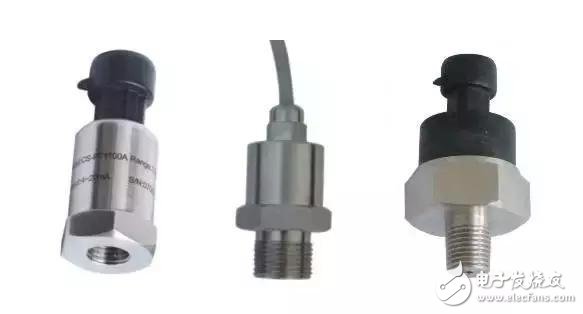
Piezoelectric pressure sensor
A piezoelectric pressure sensor made of a quartz crystal material having piezoelectric characteristics is obtained by using a positive piezoelectric effect of the quartz crystal material itself to achieve pressure measurement;
Piezoresistive sensor
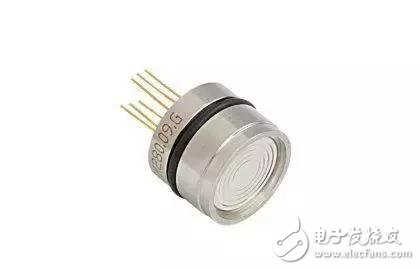
Piezoresistive sensor
A piezoresistive sensor made by using a semiconductor material to cause a change in its internal stress caused by a change in its internal stress, is to use a piezoresistive effect of a semiconductor material to achieve pressure measurement.
In general, structural sensors emphasize the need to rely on precision-designed structures to ensure their normal operation; while physical-type sensors rely mainly on the physical properties and physical effects of the materials themselves to achieve sensitivity to the measurements.
A chemical sensor is a sensor that converts inorganic or organic chemical substances, concentrations, and the like into electrical signals by utilizing the principle of electrochemical reaction. The most commonly used is an ion sensor that uses an ion selective electrode to measure the pH of a solution or the activity of certain ions, such as K+, Na+, Ca2+, and the like. The electrodes are measured differently, but the measurement principle is basically the same.
Ion smoke sensor

It mainly utilizes the electrochemical reaction between the electrode interface (solid phase) and the solution to be tested (liquid phase), that is, the potential difference generated by the selective response of the electrode to ions in the solution. The generated potential difference is linear with the logarithm of the measured ion activity, so the potential difference during the reaction or the current value affected by the reaction is detected, and the activity of the measured ion is given.
The core of the chemical sensor is an ion-selective sensitive membrane. Membranes can be classified into solid membranes and liquid membranes. The glass film, the single crystal film, and the polycrystalline film are solid films; and the positive and negatively charged carrier film and the neutral carrier film are liquid films.
Chemical sensors are widely used in chemical analysis, online testing in the chemical industry, and environmental testing.
A biosensor is a sensor that uses bioactive substance selectivity to identify and measure biochemicals. A biologically active substance has a selective affinity for a substance, which is also called a functional recognition ability.
Biosensors are mainly composed of two major parts.
One is a functional recognition substance whose function is to specifically identify the substance to be tested.
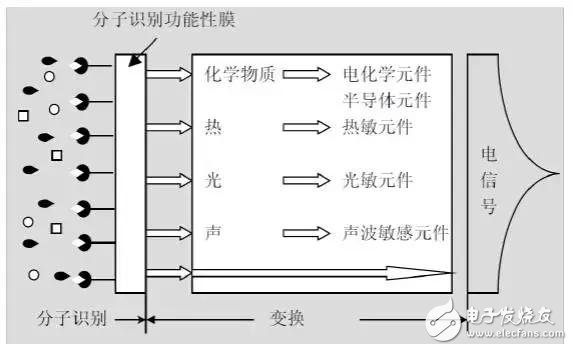
These functional identifiers include enzymes, antigens, antibodies, microorganisms, and cells. These identifiers are cured on a special organic film by a special method to form a functional film having a function of identifying a specific molecule from a low molecular to a macromolecular compound.
The second is an electrical and optical signal conversion device. The function of the device is to convert a chemical reaction generated on the functional film to identify an electrical signal or an optical signal that is convenient for transmission.
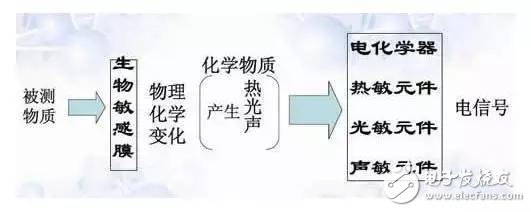
The most important feature of biosensors is the ability to identify the tested substances at the molecular level. It has broad application prospects not only in the monitoring of the chemical industry, but also in medical diagnosis and environmental monitoring.
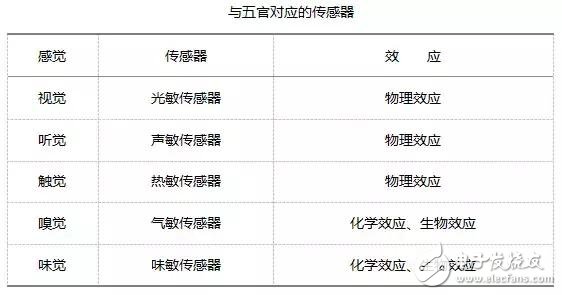
Regarding the sensor, because the number of sensitive materials and sensors is particularly large, the categories are very complicated, and there are overlaps and overlaps between each other, and will not be described here. In order to reveal the intrinsic connection between many sensors, Xiaobian found the sensor classification, conversion principle and their typical applications in the following figure, which are used for reference when selecting sensors.
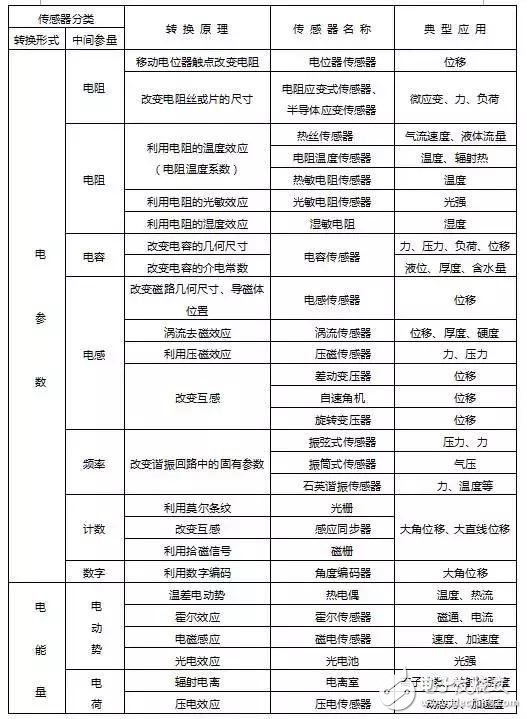
This is a special maskking High 2.0 e-cigarette product series. We sell maskking high 2.0 vape, maskking 1000 puffs, and other pod maskking high 2.0.
We are specialized electronic cigarette manufacturers from China, Vapes For Smoking, Vape Pen Kits suppliers/factory, wholesale high-quality
products of Modern E-Cigarette R & D and manufacturing, we have the perfect after-sales service and technical support. Look forward to
your cooperation!
maskking high 2.0 vape disposable,maskking high 2.0 electronic cigarette,maskking high 2.0 vape kit,maskking high 2.0 vape starter kit,maskking high 2.0 vape mod kit
Ningbo Autrends International Trade Co.,Ltd. , https://www.mosvapor.com